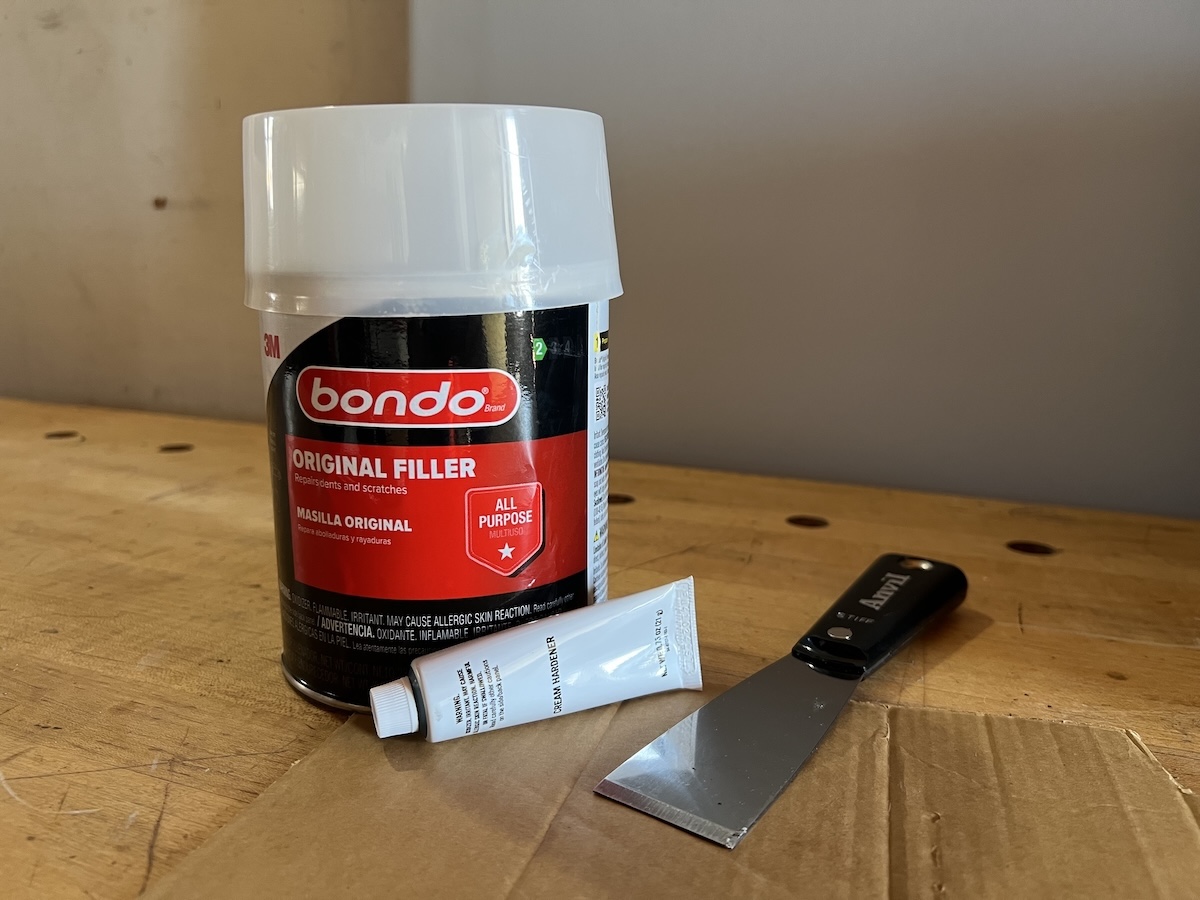

We may earn revenue from the products available on this page and participate in affiliate programs. Learn More ›
Most of us associate all-purpose putty, sometimes referred to by the popular brand name Bondo, with auto body repairs. But this two-part compound that consists of a resin and a hardener isn’t just for cars. You can use it for a broad range of quick repairs on masonry, drywall, wood, and fiberglass. It’s a great alternative to wood filler for making furniture repairs, fixing chipped trim, or even patching damaged hardwood floors. You can also use it for less common applications, such as replicating broken-off furniture trim or patching a dented front door. Ahead are nine common and uncommon uses for all-purpose putty.
1. Scratched Furniture
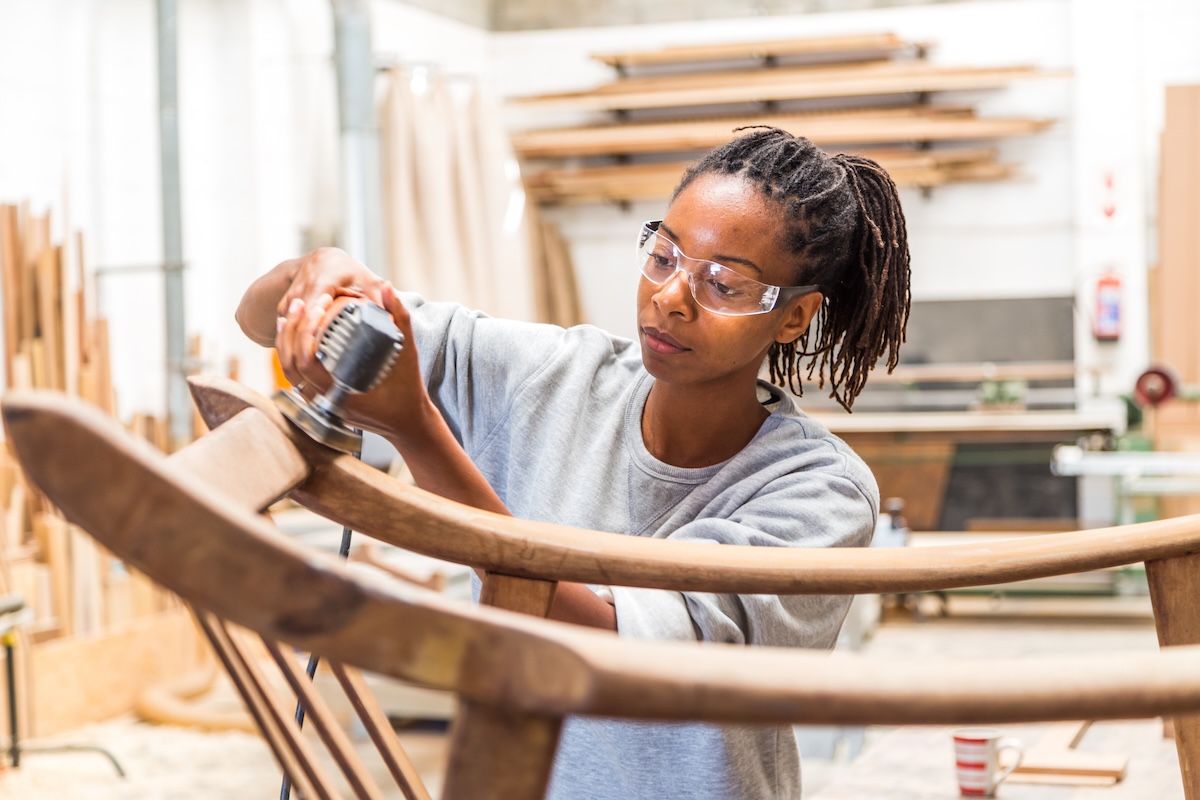
Wood filler is what most people reach for when it comes to repairing chips and scratches on furniture. But all-purpose putty has several advantages over wood filler. It offers more structural stability, so you can use it for large gouges and deep scratches. Since it’s stronger than wood filler, it better endures daily wear and tear. And unlike wood filler, all-purpose putties like Bondo don’t have sawdust mixed in, so it’s easier to get a smooth finish.
2. Small Automotive Dents
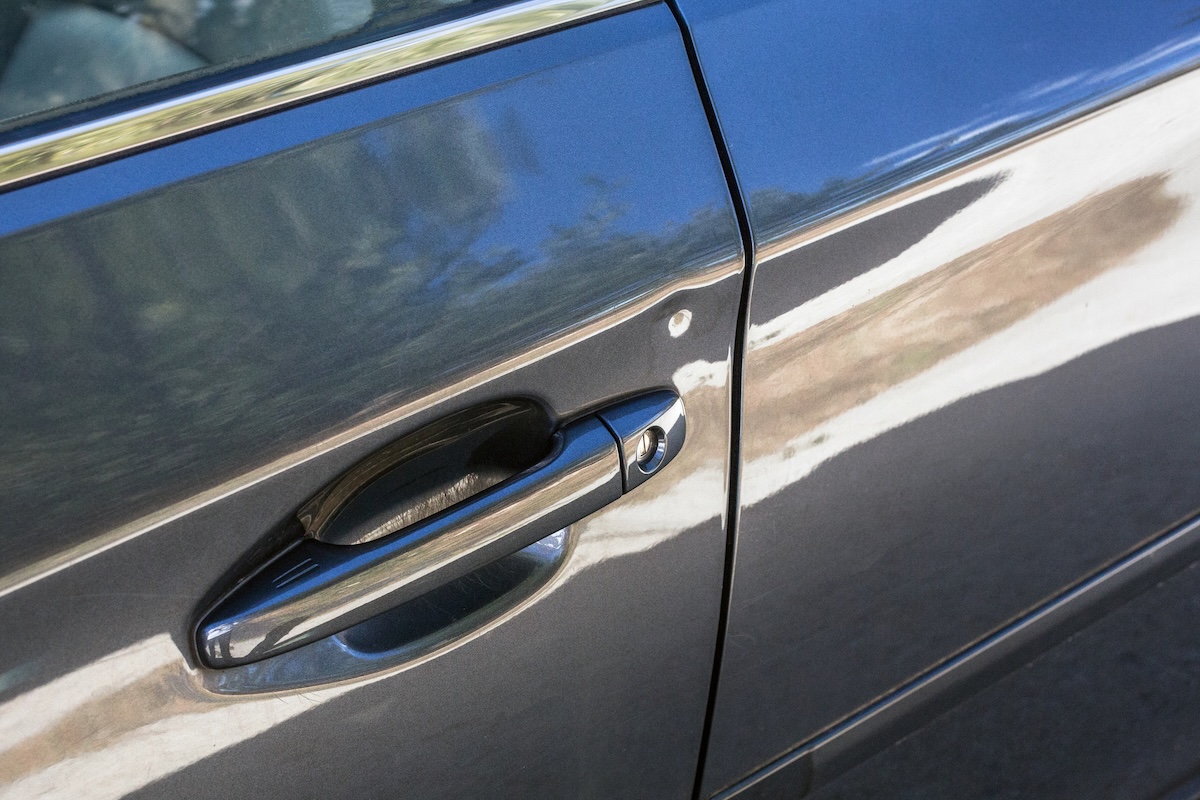
Probably the most common application for all-purpose putty is using it to repair small dents in your vehicle. It adheres well to metal (but not paint, so you’ll need to sand away the paint before applying it; then paint over it after). This repair involves filling the dent with putty, allowing it to dry, then sanding it smooth, so it’s even with the surrounding metal. Given that repairing even minor dents can cost hundreds of dollars, all-purpose putty offers an affordable option for repairing your car.
3. Damaged Trim
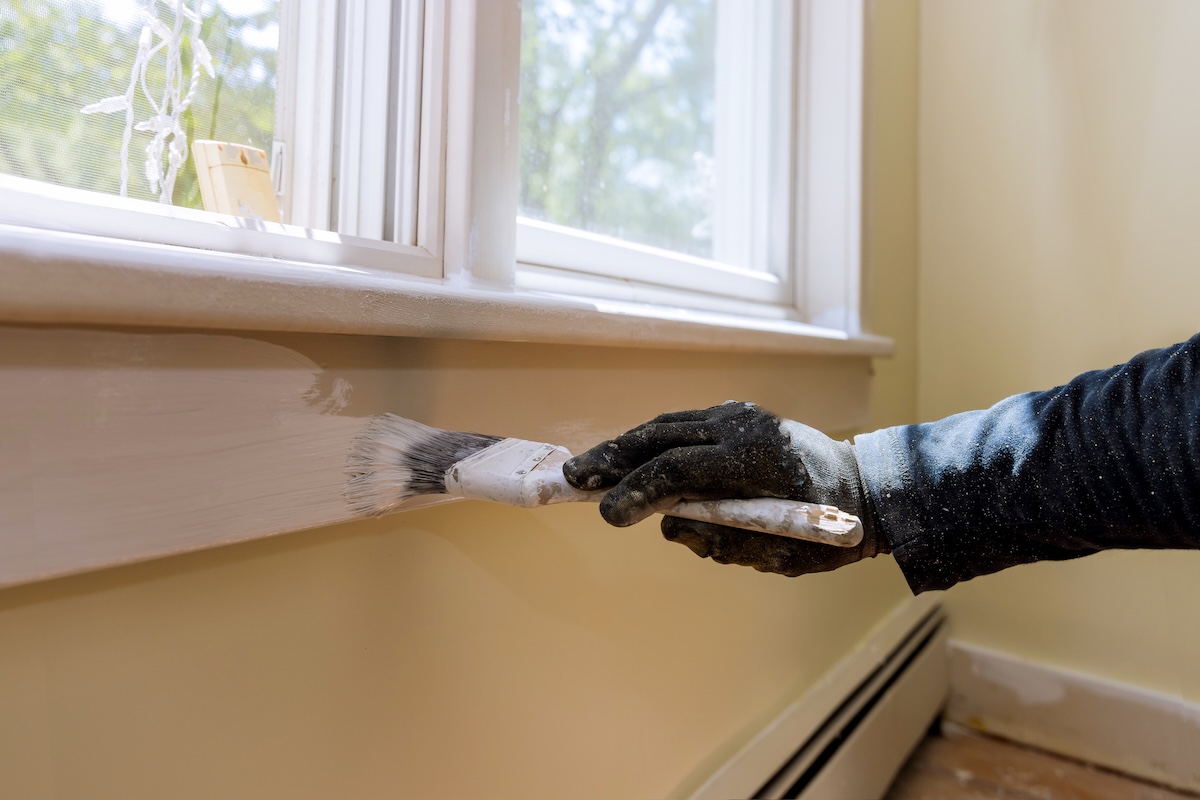
The corner pieces of trim and baseboards can take a beating from furniture and feet. They also often pull apart as the house settles and wood trim expands and contracts. Often these gaps are too large or deep to repair effectively with wood filler. Plus, wood filler can also take a full day to dry. All-purpose putty is a better option. After mixing it with the hardener, apply it to chipped corners, dents, and any other damage. Give it about 15 minutes to dry, sand it so it’s uniform with the surrounding trim, then paint it to blend in.
4. Chipped Hardwood Floors

All-purpose putty is also a quick and effective way to fill cracks and chips in a hardwood floor. Simply tape around the damage with a painter’s tape. Fill the gap using a putty knife, then remove the painters tape. Give the putty about 15 minutes to dry, then carefully scrape away any excess using a razor blade. Follow up with a wood floor repair marker kit to blend in the color of the putty with the surrounding wood.
5. Cracked Concrete
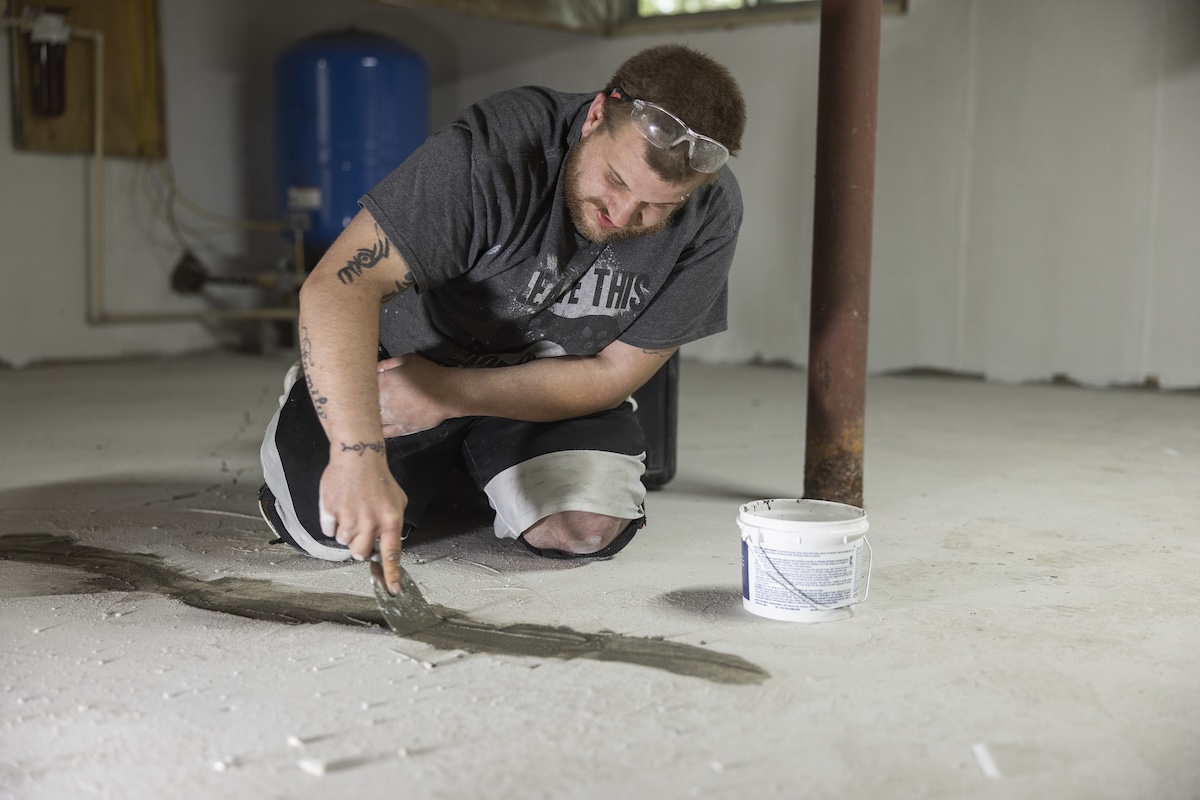
While you’ll want to stick with concrete repair products for fixing large cracks and damage to concrete, all-purpose putty is a quick and easy way to repair hairline cracks that aren’t structural. The repair is simple. Use a putty knife to fill the crack, and then give it about 15 or 20 minutes to dry. Once dry, use an angle grinder to smooth the repair out so it’s even with the surrounding concrete.
6. Dented Front Door
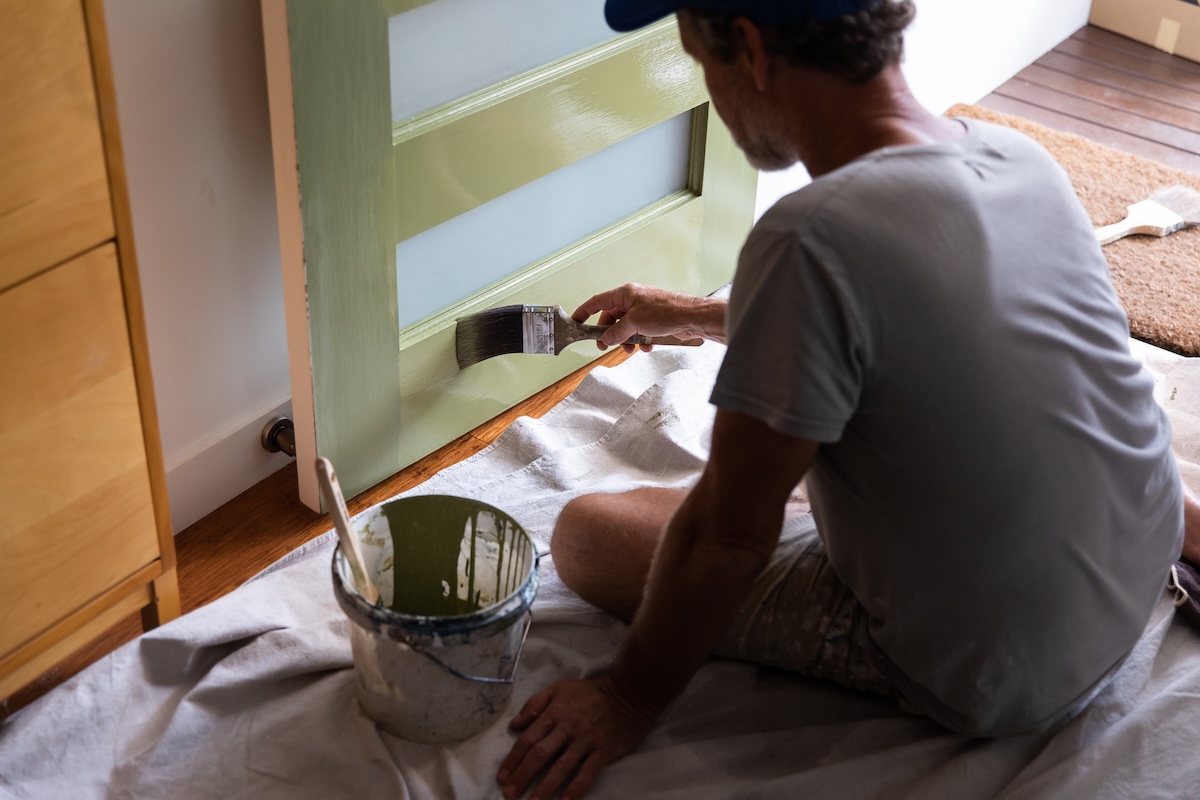
Metal front doors aren’t cheap, costing around $300 for a basic model and far more for elaborate front doors with glass panes, so repairing a dent in one with an all-purpose putty is a much better option than replacing it. “It has a pretty firm hold and works surprisingly well for patching or repairing any dents or cracks in metal surfaces,” says Carr Lanphier, CEO of improovy, a Chicago-based house painting company. The process is very similar to repairing a dent in a car. Rough up the area around the dent with sandpaper to give the putty something to stick to. Fill the dent with all-purpose putty, then smooth it out with a putty knife so it’s level with the rest of the door. Allow it to dry for about 20 minutes, then sand it until it’s flush with the door.
7. Drywall Damage
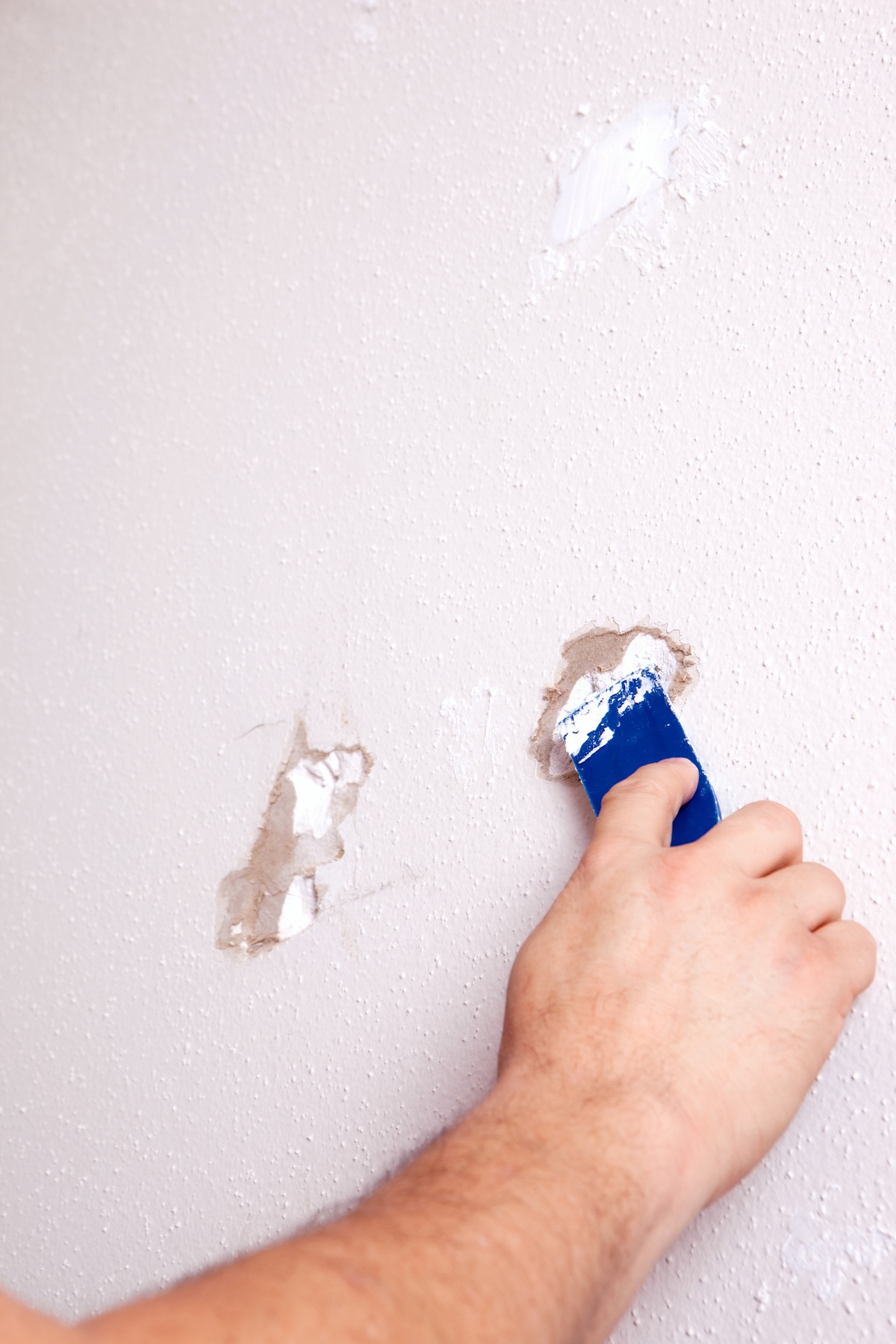
Lanphier says he often uses all-purpose putty to repair drywall. It dries much more quickly than spackle, and you don’t need to prime it before painting it. “It works great, especially on painted surfaces like drywall just because you can paint over it and can even sand it down to get a more exact patch and flat surface for painting,” he says.
8. Broken Furniture
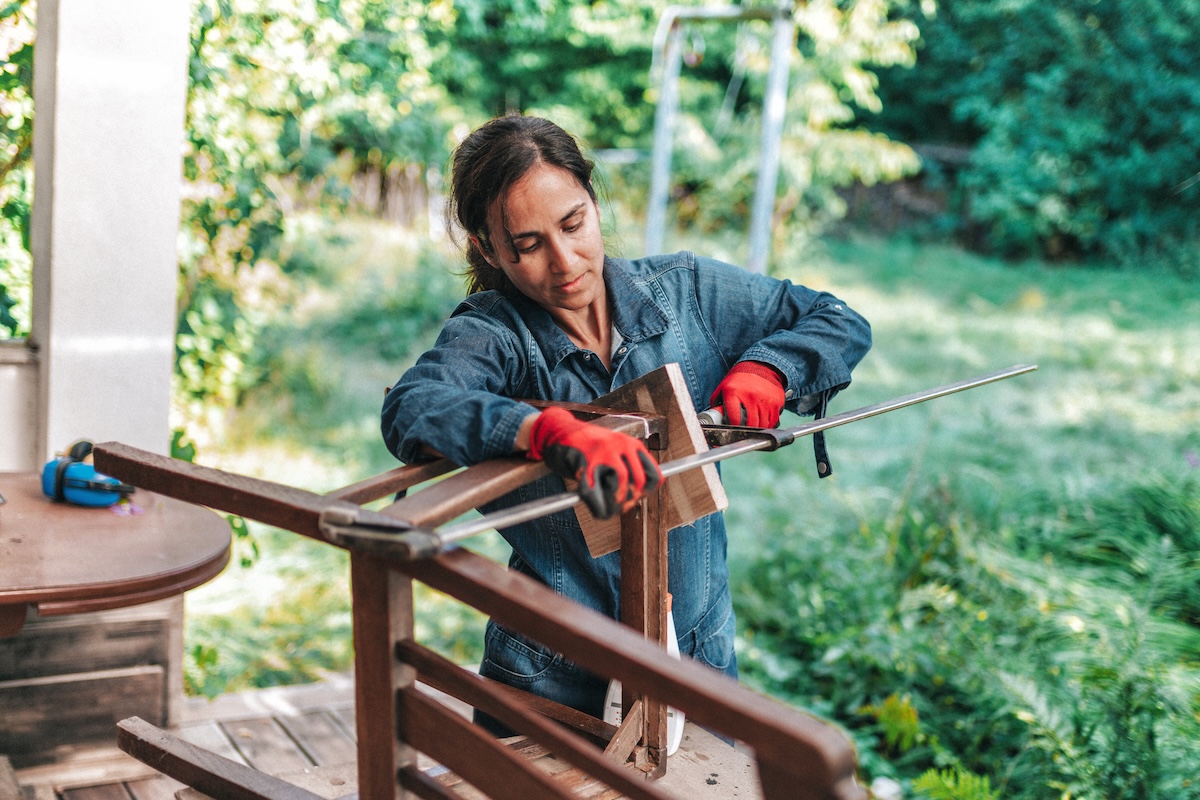
You can make more advanced furniture repairs by using all-purpose putty to recreate trim and corners that have broken off. Press a piece of modeling clay or silicone caulk over a matching corner or trim piece that you want to reproduce. Allow the clay or caulk to harden, then fill with all-purpose putty. Once the putty has hardened, glue the piece onto the damaged area. Allow the glue to dry, then sand and paint for a seamless repair.
9. Stripped-Out Screw Holes
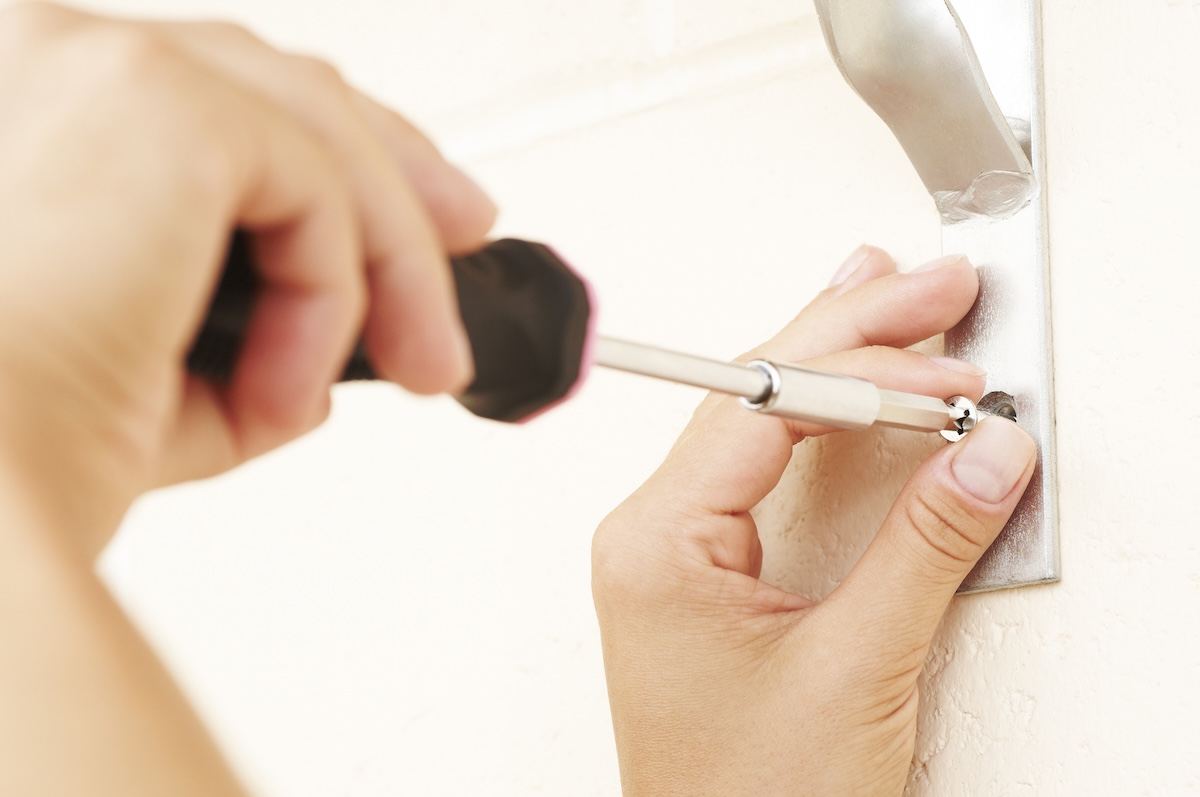
Stripped screw holes can cause a real problem, especially on a door strike plate or hinges, or in other places where moving the hole isn’t an option. An easy fix is to fill that stripped-out screw hole with all-purpose putty, which dries hard enough to hold screws in non-structural applications. After applying, allow the putty to dry fully, then drill a small pilot hole into it to reestablish that stripped out screw hole.
